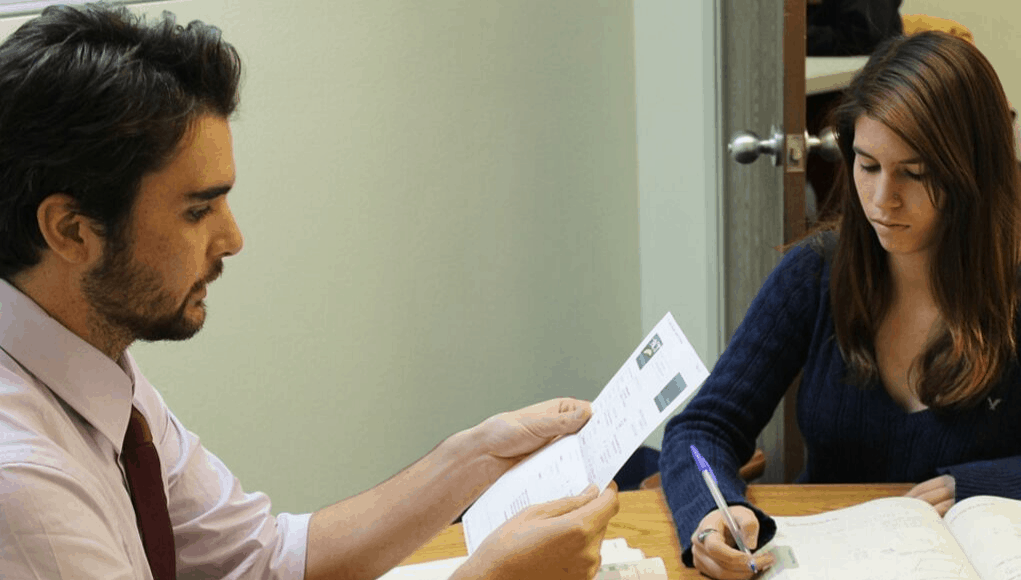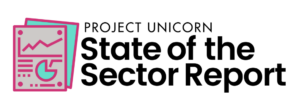The Key to Enabling Data Driven Instruction in the Classroom: Getting Teachers the Right Data

Before I began my career in education, I worked at a technology company where I managed a team that conducted sophisticated analyses and developed software tools. One client hired us to develop a system to forecast demand for new products. As part of this project, we interviewed the forecasters, the experienced and knowledgeable individuals who created the current forecast. They were hoping our new tools would offer them new algorithms that would be much better than their existing manual process. We did end up developing some helpful new algorithms. However, as we conducted the project, we also made an important discovery, the expert forecasters actually spent only about 20 percent of their time forecasting. They had lots of experience and expertise, but they did not spend much time using it to generate better forecasts. What did they do instead?
Gather and clean the data.
These talented and experienced individuals spent roughly 80 percent of their time gathering, editing, and reformatting the data they needed every month to create the next forecast. So we restructured our project; the tool we developed still had an innovative new algorithm, but it also organized and cleaned the data, so the forecasters spent only about 20 percent of their time doing this activity. As a result, these experts had much more time to analyze the data and use their skills to create better forecasts.
A Parallel Need in Education: Enabling Teachers to Analyze Data to Improve Student Learning
I was reminded of this experience a few years ago when a school invited me to attend one of their monthly teacher data sessions. The instructional leader of the school and several teachers had set aside three hours to work together using data. I had been impressed by these educators in my previous interactions with them and was excited to see how they were going to approach this critical work. I was hoping to see them look for patterns across students and classes, and talk about what they were seeing and what it meant for teaching and learning. The overall context of the session was something I see as the core of effective teaching, using data gathered from reviewing student work to inform instruction.
It was heartbreaking for me. I saw and heard the magic happen, but only a few minutes of it. Instead, most of the three-hour session was spent by the teachers independently grading student work. They had to use their precious collective time to gather and organize the data about student learning, which meant they had almost no time to analyze it or talk about what they were seeing, what it meant, and what they should do. They had such expertise but were not able to apply it effectively for its primary purpose.
I spent some of this time with the administrator to review the data he had gathered and to help him think about how to analyze and display it. His primary goal was to predict what percentage of students would be successful on the state test later that year. My heart sank as we reviewed multiple spreadsheets of detailed data to assess the accuracy of his projections from the preceding year and tested new algorithms to use for this year’s forecast. While I fully understood and appreciated the work being done by both the teachers and the administrator, I couldn’t help feeling they were missing a huge opportunity. They could have spent three hours together analyzing data about student learning to inform future instruction and improve the teaching and learning process. Instead, they were generating data and conducting analyses that had no impact on learning.
They reminded me of the forecasters from my previous career. These educators had so much expertise and so much wisdom; they knew the intimate details of the lives and learning challenges of their students. But they didn’t have the right data at their fingertips; therefore, they missed the opportunity to apply their skills and knowledge effectively to improve student learning.
Better Mastery Data Can Enable Data-Driven Instruction
With specific, clear, demonstrable learning objectives and well-defined mastery thresholds, we can clearly track student learning progress. We can make this information available to students, teachers, principals, and parents with a single mouse click. With this information at their fingertips, teachers can do true data-driven instruction.
Last year I had a video chat with a group of teachers who had been using MasteryTrack for several months and experienced this new reality. I asked them about their approach towards data-driven instruction, and they responded:
“When we have our team data meetings, we start by reviewing our MasteryTrack dashboards. We look for things that are working well and places where students are struggling, and we compare dashboards across classes to look for patterns and trends. Then we discuss specific teaching approaches to meet the various needs of our students and look for ways to help each other. For example, earlier this year we saw that several of our most advanced students were missing a key skill they should have learned much earlier, so we changed the curriculum to be sure students learn this skill earlier. Really, it is just data-driven instruction. Since we now have the data at our fingertips, it is pretty straightforward.”
My favorite part of the conversation was how mellow the teachers were as they discussed their implementation of a transformational educational approach. They know how to use data; they know their students and can strategize effectively about how to support diverse learning needs. If we can organize and display mastery-based data for teachers and make it instantly available, they can figure out how to improve student learning, and they also know how to find help if they need it. The key is to free up their time so they can actually do data-driven instruction.
This is a problem we can solve.
For more, see:
- A Survey of Performance Assessment and Mastery Tracking Tools
- Smart Review | MasteryTrack: Powering Competency-Based Learning
- How to Develop a Mastery Dashboard That Works
This blog is part seven of a series on mastery learning, sponsored by MasteryTrack. If you’d like to learn more about our policies and practices regarding sponsored content, please email Jessica Slusser. For other posts in the series see:
- Demonstrating and Assessing Mastery, and Managing Mastery Learning Data
- Mastery Learning Objectives and Mastery Thresholds in the Classroom
- What is Mastery Learning?
- Does Mastery Mean Mastered?
Stay in-the-know with innovations in learning by signing up for the weekly Smart Update.
Scott Ellis is the Founder and CEO of MasteryTrack. You can find him on Twitter @MasteryTrack.







0 Comments
Leave a Comment
Your email address will not be published. All fields are required.